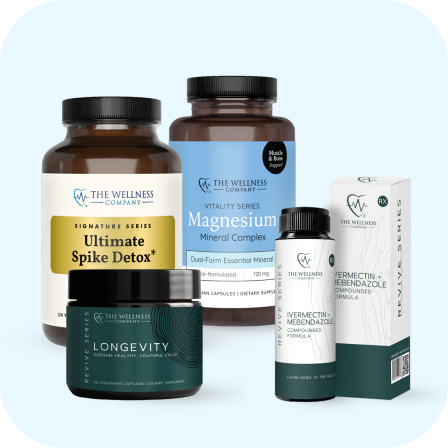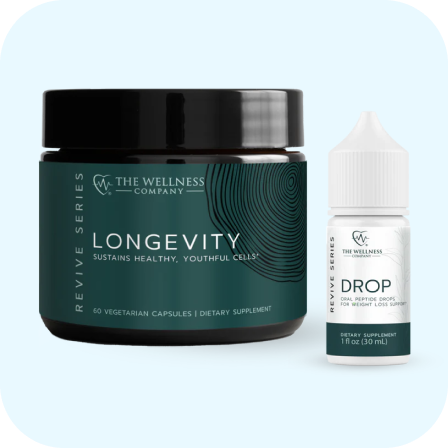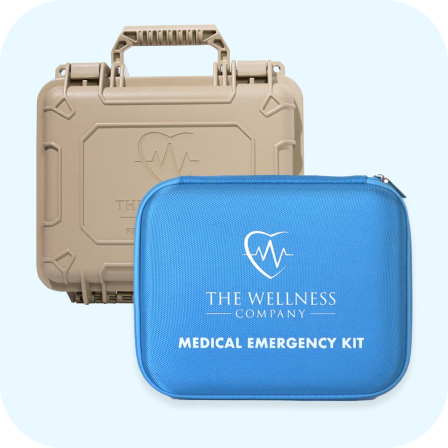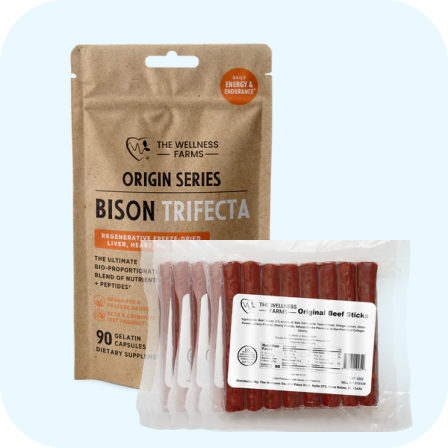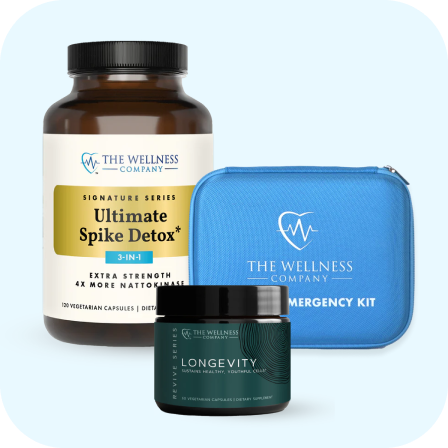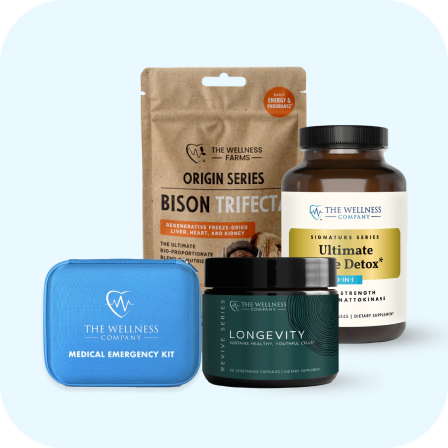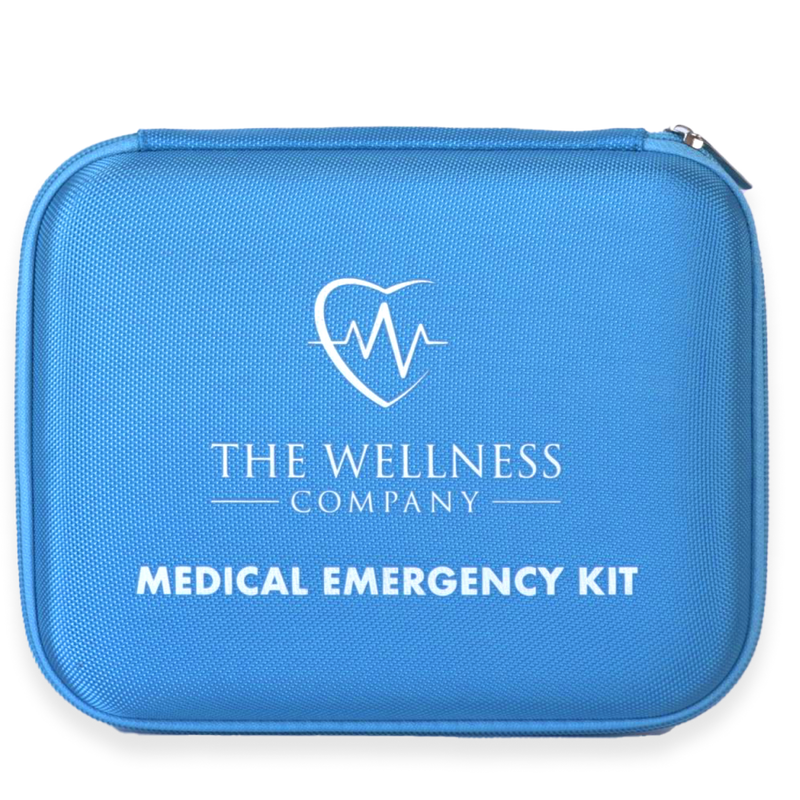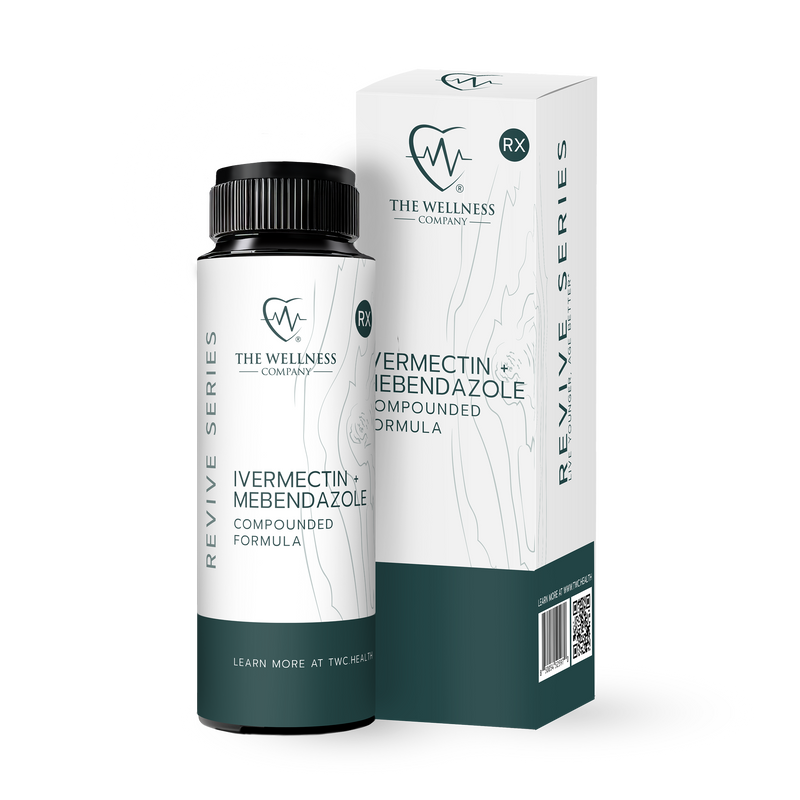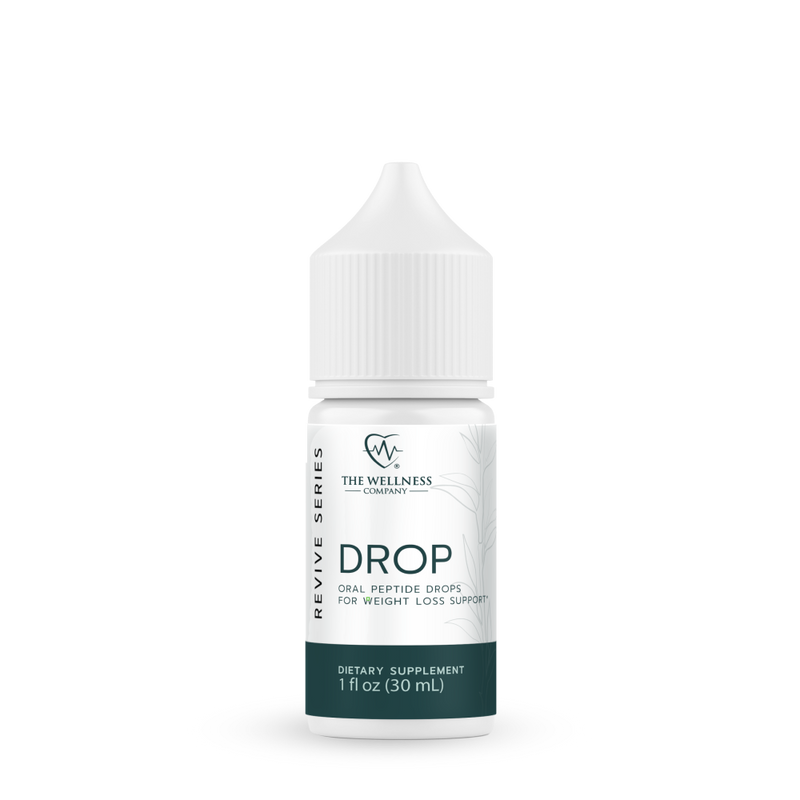Microplastic Contamination Is Real
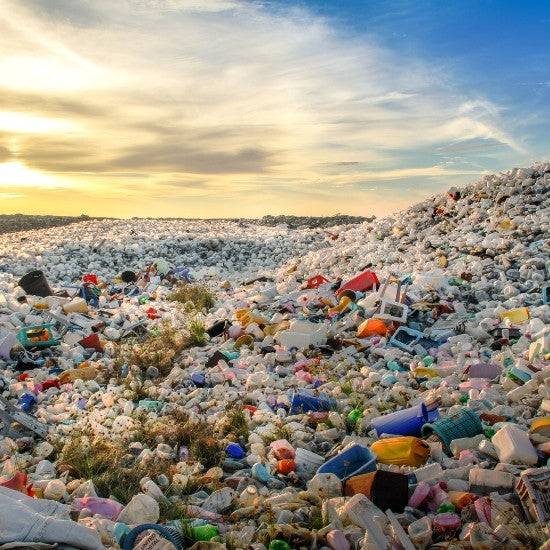
Microplastics—plastic particles smaller than 5 mm—are found everywhere. They result from the breakdown of plastic and enter our food through packaging, kitchenware, household fibers (curtains, carpets, clothing), medical equipment, electronics, cars, and even the air we breathe.
These particles cause inflammation and damage across all body systems. They have been detected in organs, lungs, placental tissue, arteries, semen, and even the brain. Microplastics carry hormone-disrupting chemicals and may contribute to the global decline in sperm health. (1,2,3,4)
Microplastics are present on every continent and affect every human on Earth. There is no escaping this monumental health threat.
We Are at a Crisis Point
One study revealed that lung tissue—closely connected to blood vessels—contained the highest levels of microplastics, followed by the small intestine. (5) Even if you avoid bottled water and plastic cookware, these particles are airborne. Exposure is inevitable, and over time, they accumulate in the body.
Reduce Exposure and Detox Continuously
- Minimize daily plastic exposure
- Avoid plastic plates, coated pans, and utensils
- Steer clear of plastic-wrapped foods and cartons
- Filter drinking water with a reverse osmosis system—the most reliable method (6)
- Use HEPA and activated carbon filters at home and work for airborne particles (7)
Detoxify and Heal from Microplastic Damage
Plasdetox is a clinically developed formula designed to support your body’s natural detoxification pathways. Plasdetox binds, detoxifies, and promotes healing by reducing the toxic burden microplastics place on your system.
Key Ingredients & Benefits:
Chlorella and Lycopene
- Environmental toxin removal & antioxidant support
- Chlorella binds heavy metals like mercury, cadmium, and lead
- Both chlorella and lycopene reduce microplastic presence in the gut (in aquatic models) and provide antioxidant protection (8)
Calcium D-Glucarate
- Phase II liver detoxification & elimination
- Promotes glucuronidation to eliminate hormones, toxins, and carcinogens
- Detoxifies estrogen metabolites and endocrine-disrupting xenoestrogens (9,10)
Saccharomyces boulardii
- Supports liver function & detox
- Reduces liver inflammation markers (TNF-α, IL-1β, IL-6) and supports antioxidant enzymes
- Prevents oxidative stress, reduces liver congestion, and promotes regeneration (11,12)
Bifidobacterium longum
- Supports toxin binding & gut-liver axis
- Reduces oxidative stress and genotoxicity from pesticides
- Binds environmental pollutants and supports antioxidant defenses (13,15)
Lactobacillus rhamnosus GG (LGG)
- Detoxification & barrier protection
- Binds liver carcinogens like aflatoxin B1 to reduce absorption and liver toxicity
- Improves gut barrier integrity and modulates immune responses to reduce toxin-related inflammation (14,15)
- Mitigates liver and gut damage through anti-inflammatory action (15)
Microplastics Aren’t Going Away
Microplastics are everywhere—from the food you eat to the air you breathe—and they accumulate in your body over time, silently impacting your health. Clinically researched ingredients in Plasdetox support liver function, strengthen your gut barrier, bind environmental toxins, and reduce oxidative stress, helping your body fight back against this modern chemical onslaught.
Don’t wait—start protecting your body today.
References
- NOAA: What are microplastics?
- Sample, I. Tiny plastic particles: Are they a looming health crisis? The Guardian
- Liu S, et al. Microplastics in human arteries detected by Py-GC/MS. J Hazard Mater. 2024;469:133855. doi:10.1016/j.jhazmat.2024.133855
- Wang Y, et al. Bioaccumulation of microplastics in human brains. Nature Med. 2024;30(2):453-461. doi:10.1038/s41591-024-03453-1
- Zhu Y, et al. Neurotoxicity and potential health risks of microplastics. The Innovation. 2021;2(4):100243
- Zhu L, et al. Tissue accumulation of microplastics and potential health risks. Sci Total Environ. 2024;914:173894
- Chen CF, et al. Efficacy of HEPA Air Cleaner on Indoor PM2.5. Int J Environ Res Public Health. 2022;19(18):11517
- Sayed AEH, et al. Protective efficacy of natural antioxidants on microplastic-induced lesions. Environ Sci Pollut Res Int. 2023;30(9):24424-24440
- ASI: Support Detoxification with Calcium-D-Glucarate
- Oregon Association of Naturopathic Physicians: DIM & Calcium D-Glucarate
- Maslennikov R, et al. Effect of Saccharomyces boulardii on Liver Diseases: Systematic Review. Microorganisms. 2024;12(8):1678
- Rezasoltani S, et al. Detoxification of aflatoxin M1 by probiotics. Gastroenterol Hepatol Bed Bench. 2022;15(3):263-270
- Pop OL, et al. Biodetoxification and protective properties of probiotics. Microorganisms. 2022;10(7):1278
- Gratz S, et al. Lactobacillus rhamnosus GG reduces aflatoxin B1 transport and toxicity. Appl Environ Microbiol. 2007;73(6):1974–1980
- Souza MM d’A, et al. Probiotic Bifidobacterium longum protects mice from pesticide-induced damage. ACS Omega. 2025 Advance online publication.
Written by Brooke Lounsbury







